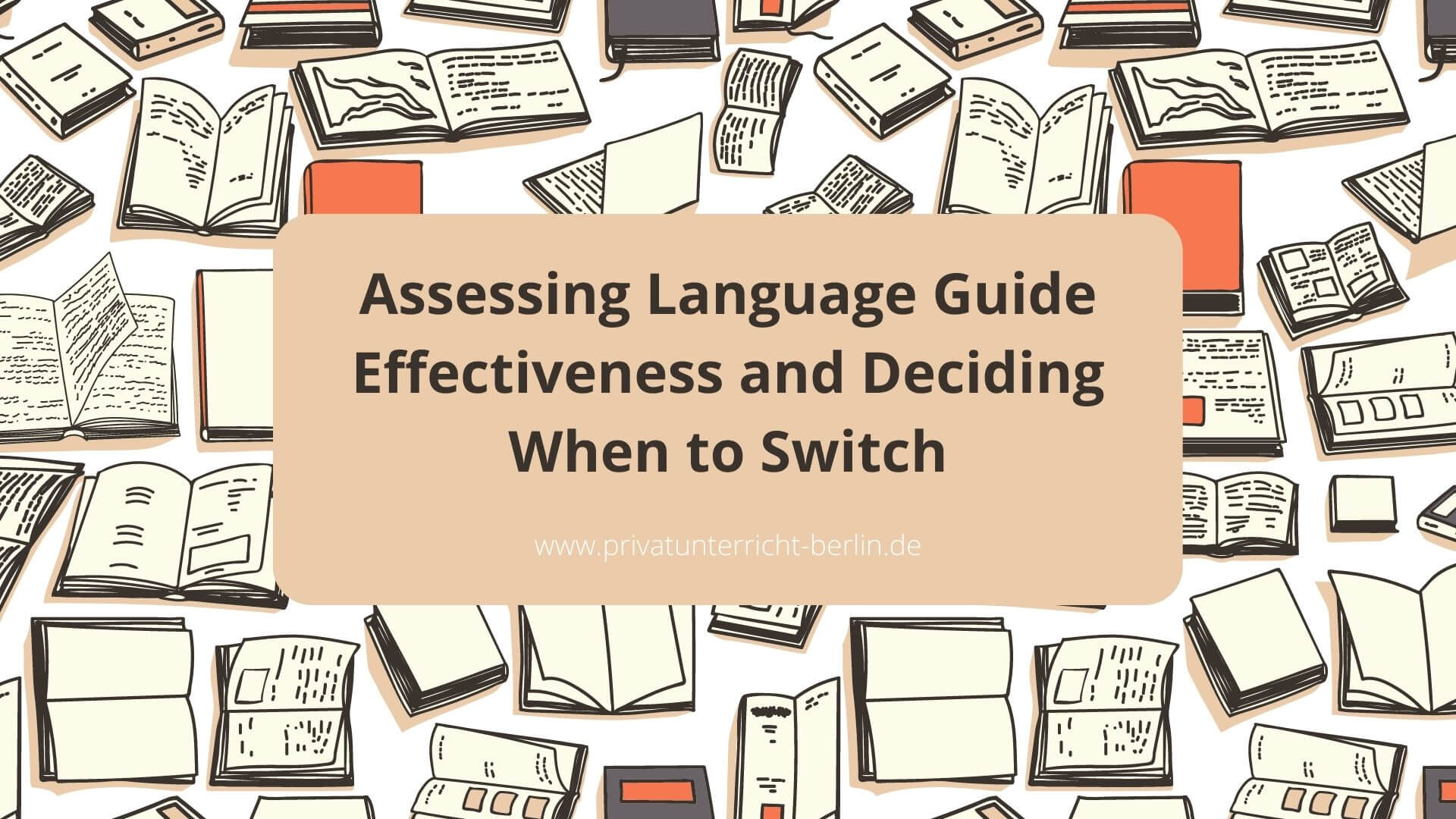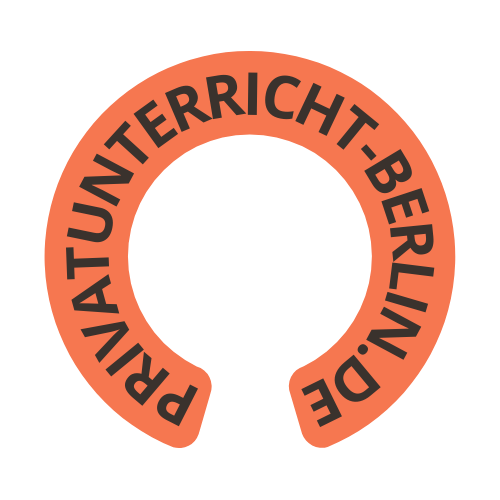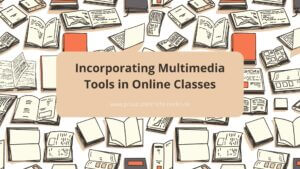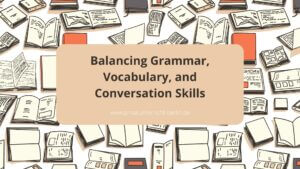Your Language Journey, Your Way: Start with a Private Tutor

Assessing Language Guide Effectiveness And Deciding When To Switch
As language assessment specialists, one of our primary goals is to determine the most effective tools and strategies for helping individuals learn a second language. Language guides are often essential to this process, offering learners a structured approach to mastering grammar rules, vocabulary, and pronunciation.
However, even with the best language guide in hand, there comes the point where it may need to be more adequate for particular learners or situations.
In such cases, we must assess the guide’s effectiveness and decide when to switch to alternative approaches.
In this article, we’ll explore critical factors to consider when evaluating language guide effectiveness and provide tips on deciding when it’s time for a change.
Table of Contents
The Role Of Language Guides In Language Learning
Regarding language learning, various approaches can be taken depending on the learner’s preferences and abilities. One such method is through language guides, which serve as resources for learners to develop their reading, writing, speaking, and listening skills.
However, it is essential to note that not all language guides will work equally well for every learner. Learning styles play a significant role in determining whether or not a particular language guide will be practical for an individual. Some students may prefer visual aids, while others might learn better through auditory instruction.
Additionally, cultural context plays a crucial part in shaping how individuals approach language learning. For instance, certain aspects of grammar or vocabulary may be more familiar or foreign depending on one’s native tongue and cultural background. As such, choosing the right language guide becomes even more critical since it must consider these factors if it is going to help learners reach their desired level of proficiency.
As we delve deeper into assessing the effectiveness of different types of language guides, let us first explore what makes them valuable tools for learners seeking to improve their linguistic competence.
Evaluating The Effectiveness Of Language Guides
How do we know if our language guides are practical? This is a question that many language assessment specialists ask themselves. The answer lies in measuring progress and utilizing feedback mechanisms to ensure learners comprehend the material presented.
To evaluate effectiveness, there are three key factors to consider:
- Timeframe – How long has the learner been using the guide?
- Progression – Has the learner made measurable progress since starting the guide?
- Feedback – What kind of feedback have we received from the learner?
Measuring progress can be done through regular assessments or quizzes, which will help determine whether or not the learner has improved their understanding of the language over time.
Feedback mechanisms such as surveys or interviews can also provide valuable insight into what aspects of the guide work well for learners and where improvements could be made.
By taking these steps, you can better understand how practical your language guides are and make changes accordingly.
Moving forward, it’s essential to identify learner needs and preferences when creating new language guides. By doing so, we can tailor our materials better to suit individual learners’ learning styles and goals.
Identifying Learner Needs And Preferences
As a language assessment specialist, it is crucial to understand each learner’s unique needs and preferences. This understanding allows for individualized instruction that caters to their specific learning style.
Learning styles are typically categorized into visual, auditory, and kinesthetic learners. Visual learners prefer charts, graphs, diagrams, and other forms of visual aids to help them comprehend new concepts faster. Auditory learners learn best through listening and may benefit from audio recordings or podcasts. Lastly, kinesthetic learners need hands-on activities to grasp new ideas fully.
Understanding these different learning styles helps identify which type of language guide will work best for each learner. For example, an auditory learner may succeed more with guides that include dialogue tracks, while a visual learner might appreciate diagrams illustrating grammar rules.
Individualized instruction based on these preferences can be highly effective in helping students reach their language goals quickly and efficiently.
Moving forward, it is crucial to recognize the importance of catering to individual needs when assessing language guide effectiveness. Doing so ensures that all learners have access to resources relevant to their learning process.
The following section will explore alternative approaches to language learning beyond traditional guides that can further enhance this personalized approach to teaching languages.
Alternative Approaches To Language Learning
Just as a skilled sailor must know how to read the winds and chart their course, language learners must navigate various learning approaches to reach fluency. However, there may come a time when you find that your current language guide needs to be more effective in helping you achieve your goals. This can be frustrating, but do not despair! There are alternative approaches available that can help you continue on your language journey.
One option to consider is immersive experiences. These types of programs offer an opportunity for learners to fully immerse themselves in the target language by living with native speakers or traveling abroad. Immersive experiences provide a unique context where learners are forced to use and comprehend the target language every day, which can accelerate progress toward fluency.
Additionally, peer-to-peer learning has become increasingly popular due to its effectiveness in promoting conversational skills while building relationships within a community of like-minded individuals, whether it’s participating in conversation groups or finding a fellow learner who speaks the same target language, having someone else to practice with can make all the difference.
When deciding to switch language guides, assessing what aspects of your current approach aren’t working for you before exploring other options is vital. Take note of areas where progress seems slower than expected, such as pronunciation or grammar comprehension, and evaluate whether these issues are related to teaching methods or personal learning style preferences.
By identifying specific needs and preferences early on, you’ll be able to tailor better any future changes in approach for optimal success on your language journey.
Making The Decision To Switch Language Guides
As language assessment specialists, we understand that choosing the right language guide is crucial for effective learning. However, there may come a time when switching to a different guide becomes necessary.
Factors to consider include your current level of proficiency and whether you feel challenged enough by your current guide. If you find yourself breezing through lessons without difficulty or needing help to grasp concepts despite repeated attempts, it may be time to switch.
Another sign that it’s time to switch guides is if you’re no longer motivated or engaged with the material. Learning a new language can be challenging, but it should also be enjoyable and rewarding. If you find yourself dreading each lesson or losing interest in the content altogether, likely, your current guide isn’t meeting your needs as a learner.
Ultimately, deciding when to switch language guides requires careful consideration of these factors and an honest evaluation of what works best for you as an individual learner.
Frequently Asked Questions
How Can I Find The Best Language Guide For My Specific Learning Goals?
When finding the best language guide for your specific learning goals, various factors must be considered.
First and foremost, you must determine what type of language guide will work best for you – whether through books or online resources. Each option has pros and cons, so it’s important to weigh them carefully before deciding.
Additionally, different language guides may be better suited for different learning styles or skill levels.
As a language assessment specialist, I recommend assessing your needs and preferences before diving into any particular resource. Doing so will give you a better chance of finding a language guide that meets your expectations and helps you achieve your desired outcomes.
Can Language Guides Be Used As The Sole Source Of Language Learning Material?
As a language assessment specialist, it’s essential to consider the effectiveness of language guides as the sole source of learning material.
While these guides can help provide structure and direction in your studies, they may only sometimes cater specifically to individual learning goals or styles.
Self-evaluation techniques are crucial in determining whether you’re progressing with a guide; if not, supplementing it with additional resources such as authentic materials or conversation practice could significantly enhance your skills.
It’s important to remember that language learning is dynamic, and being open to alternative methods can lead to more efficient and enjoyable results.
How Long Should I Use A Language Guide Before Evaluating Its Effectiveness?
When learning a new language, it’s essential to have reliable materials that can guide you through the process effectively. However, relying solely on one source of information may not always yield optimal results.
To ensure success in your language learning journey, it’s recommended to evaluate the effectiveness of your chosen language guide frequently. Research shows that learners who assess their language guides every 3–4 weeks tend to achieve higher levels of proficiency than those who do not engage in regular evaluations (interesting statistic).
As an assessment specialist, I advise paying attention to red flags, such as a lack of progress or difficulty retaining information for extended periods. By doing so and adjusting your study approach accordingly, you’ll be able to make the most out of your language guide and optimize your learning experience.
What Are The Most Common Mistakes Learners Make When Using Language Guides?
As a language assessment specialist, it’s essential to understand the most common mistakes learners make when using language guides.
One of the biggest mistakes is relying too heavily on the guide and not practicing enough with native speakers or in real-life situations.
Another mistake is choosing a guide that doesn’t align with their learning style or goals.
Effective alternatives include seeking conversation partners, immersing oneself in authentic materials such as movies and books, or finding a tutor to provide personalized feedback.
By avoiding these common mistakes and utilizing effective alternatives, learners can maximize their progress toward fluency.
How Can I Measure My Progress When Using A Language Guide?
As a language assessment specialist, it’s essential to track your progress using a language guide. To measure your progress effectively, you need to evaluate the efficacy of the language guide and use appropriate tracking methods.
Language guide evaluation involves analyzing its content quality, accuracy, and suitability for your proficiency level. Once you’ve determined that the guide is helpful, you can start tracking your progress by setting goals and objectives based on your learning needs.
You could also keep a record of new vocabulary acquired or grammar rules learned over time. Progress tracking methods enable you to identify areas where you’re making significant improvements and those that require more attention.
Regularly assessing yourself will help ensure you achieve desirable language acquisition outcomes.
Conclusion
In conclusion, finding the best language guide for your specific learning goals can be daunting. However, with careful research and consideration of your needs, you can choose a guide to support your language learning journey.
It is important to remember that while language guides can be helpful, they should not be used as the sole source of language learning material. Supplementing your studies with authentic materials and opportunities to practice speaking and listening in real-life situations is crucial.
As a language assessment specialist, I have seen many learners make the mistake of sticking with an ineffective guide for too long. It is important to regularly evaluate the effectiveness of your chosen direction and switch if necessary. Using measurable progress indicators such as improved vocabulary retention or increased fluency can help determine when it’s time for a change.
Choosing the right language guide and using it effectively can lead you down a path toward success in achieving your language learning goals.
Just like a compass helps you navigate uncharted territory, a language guide can guide your linguistic journey.



